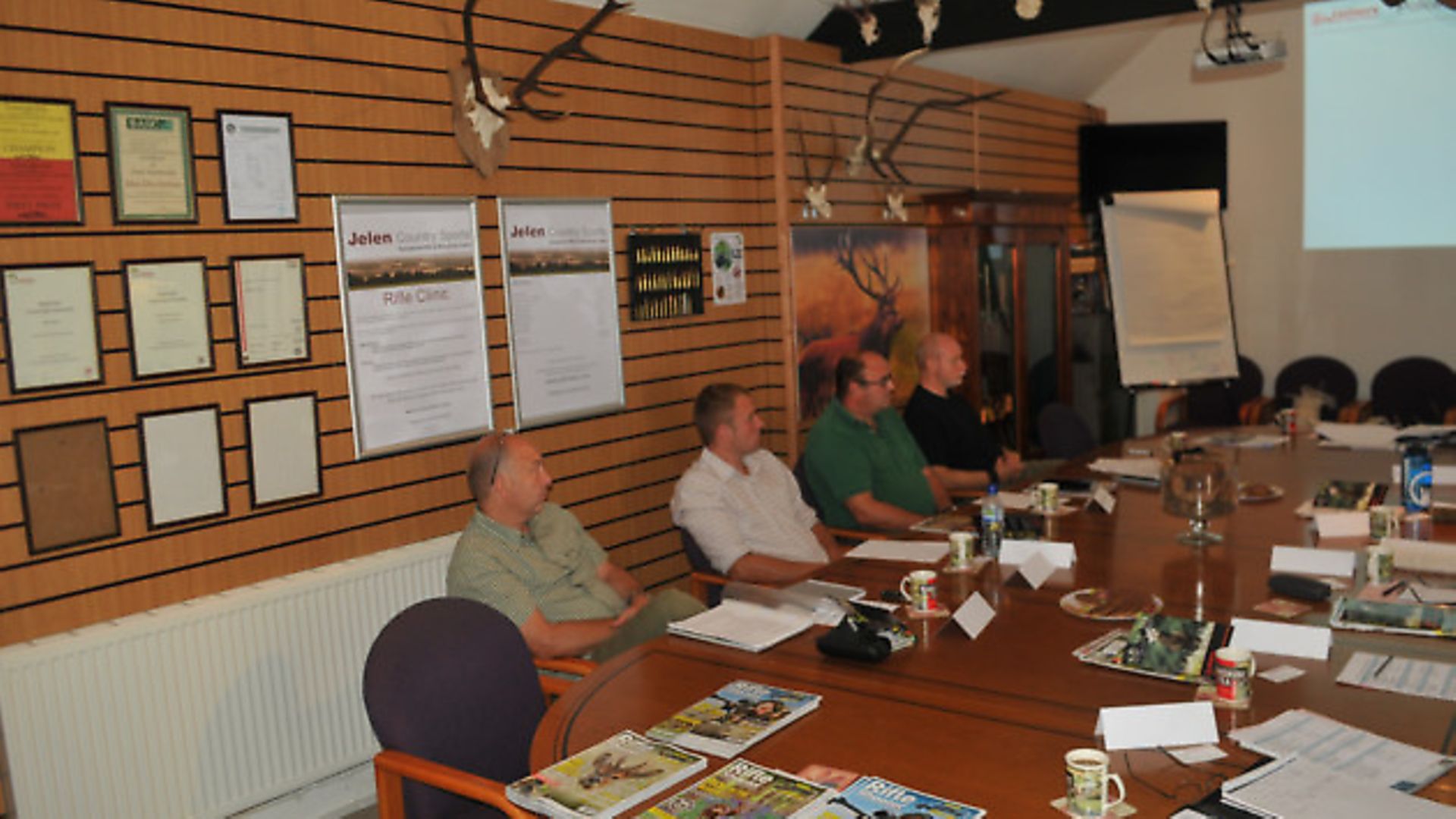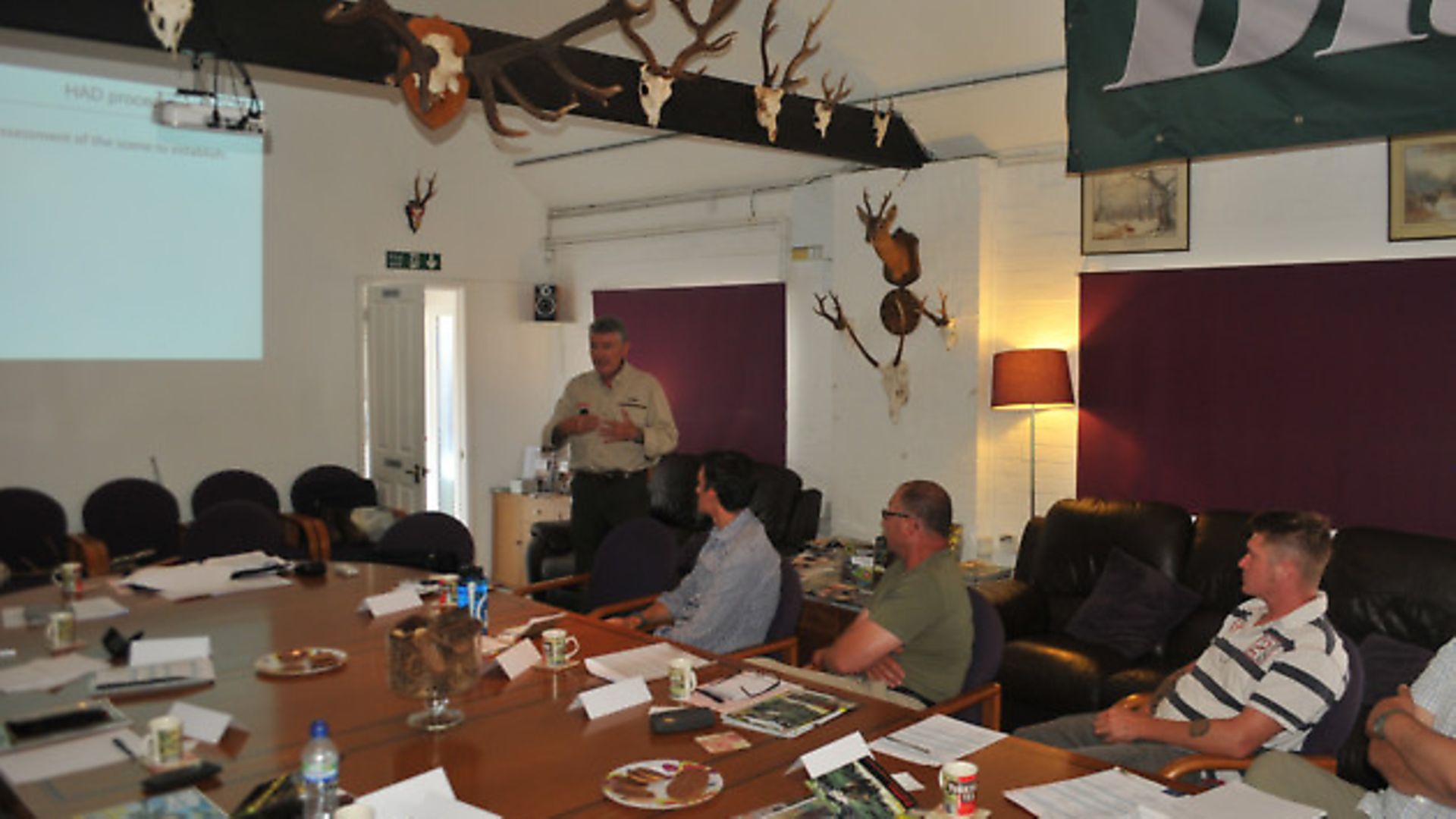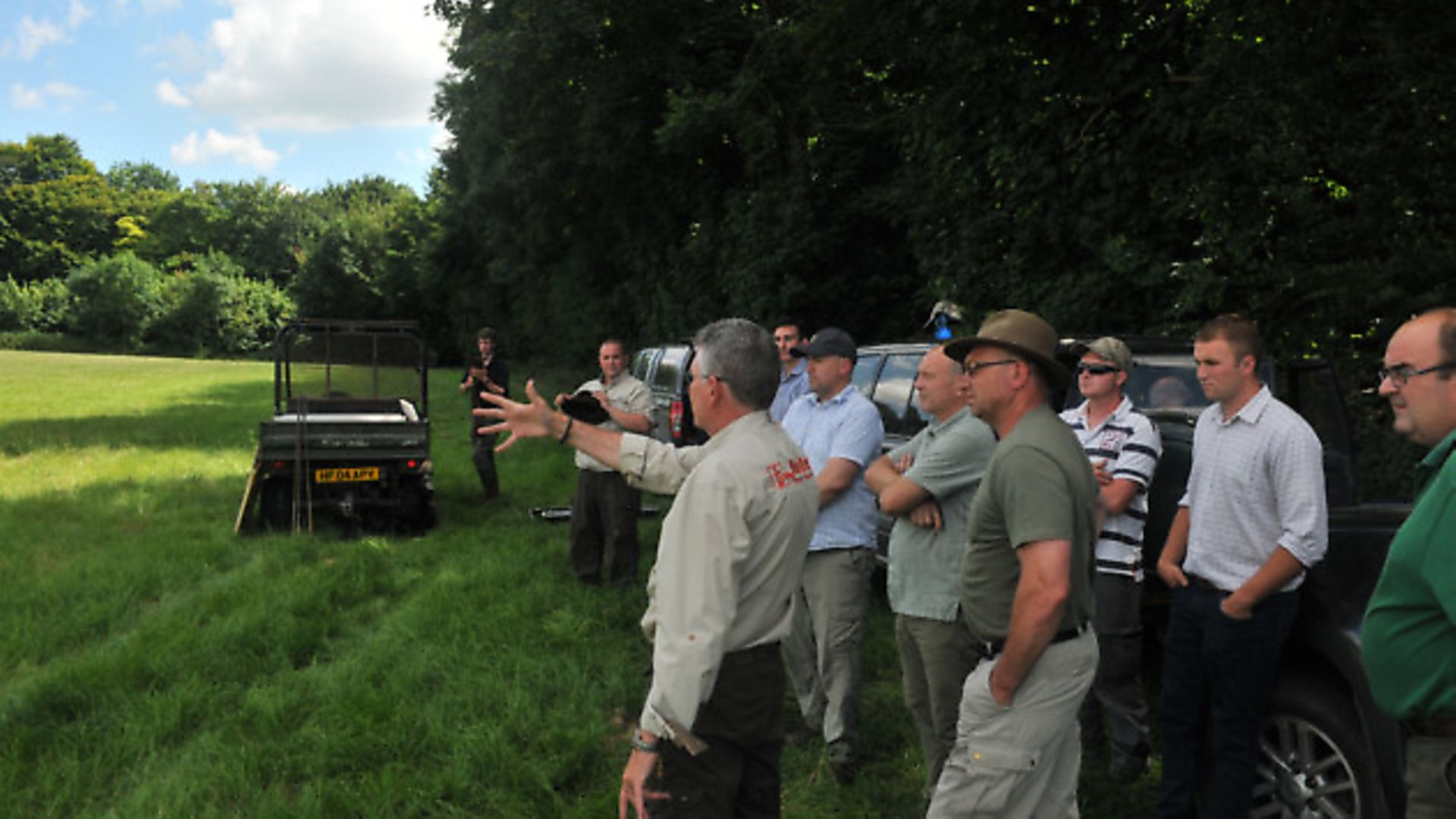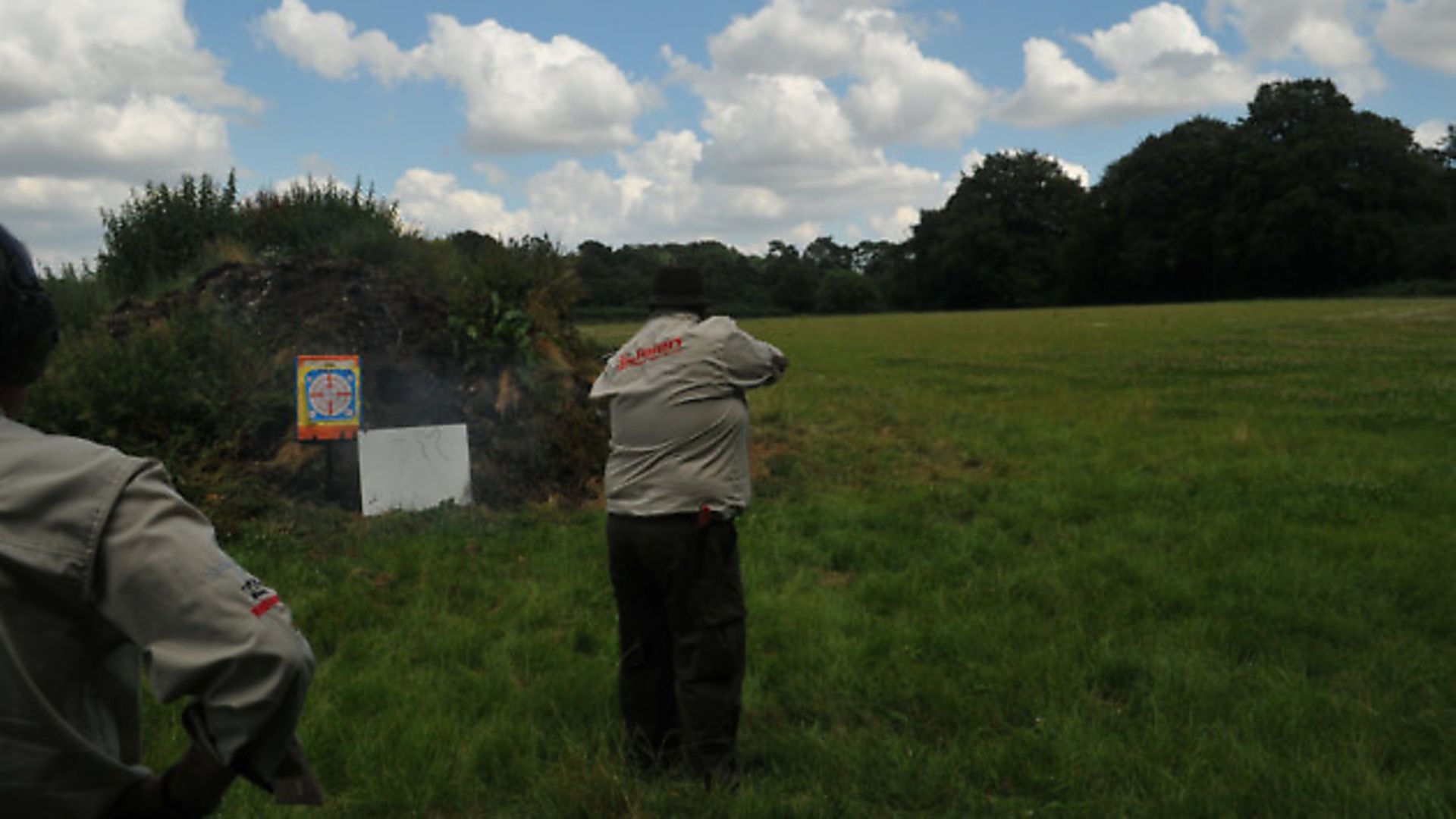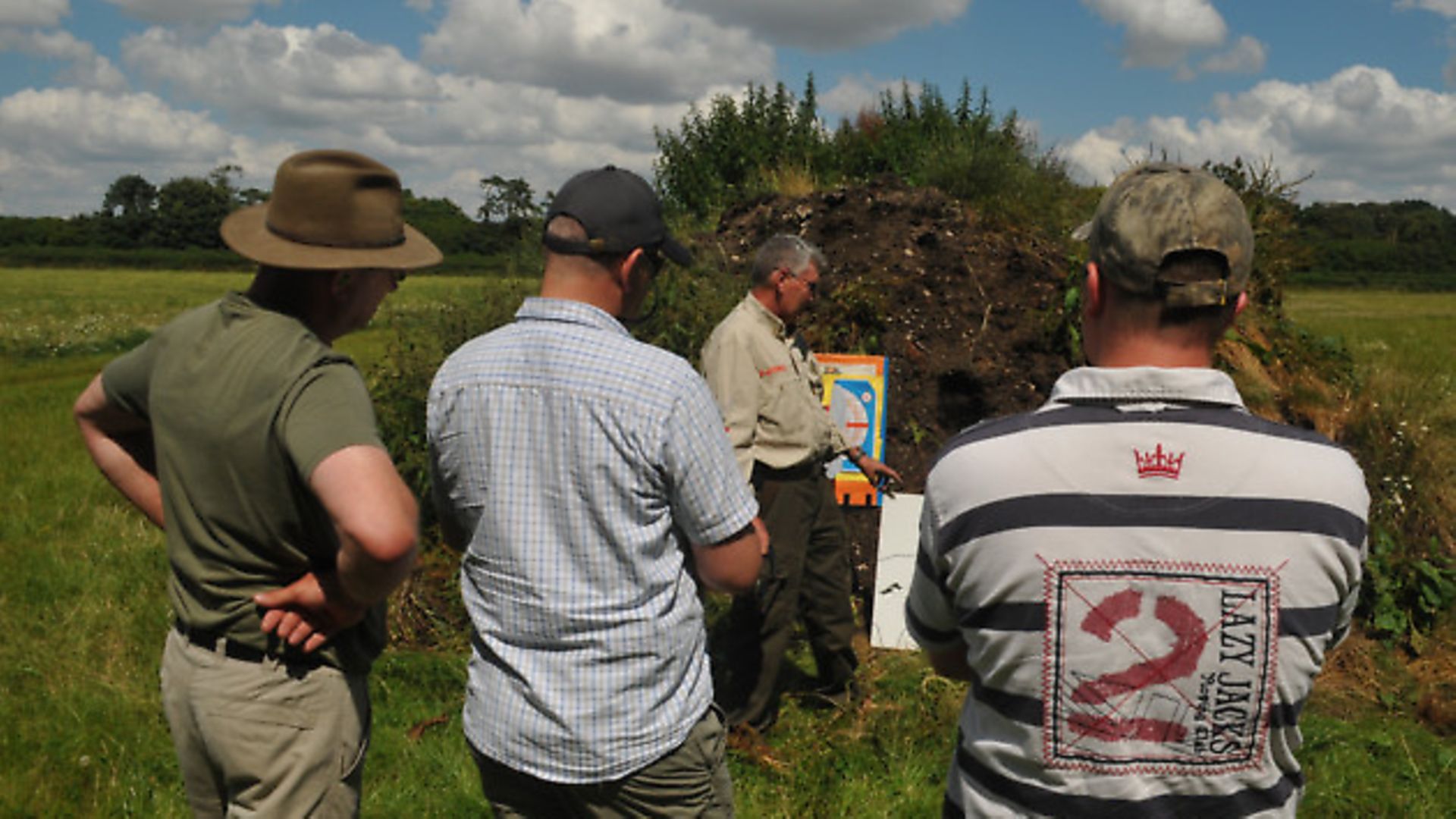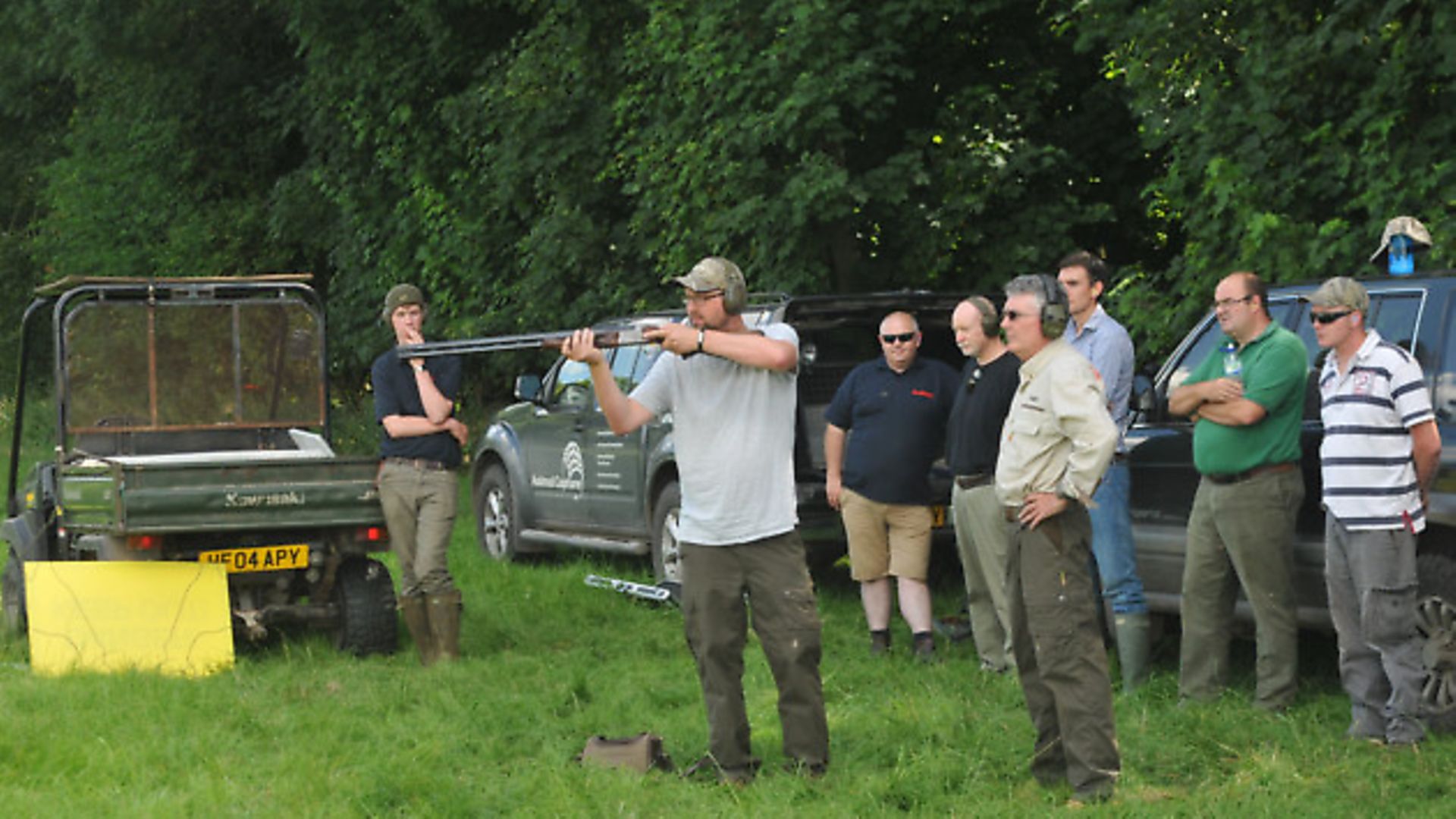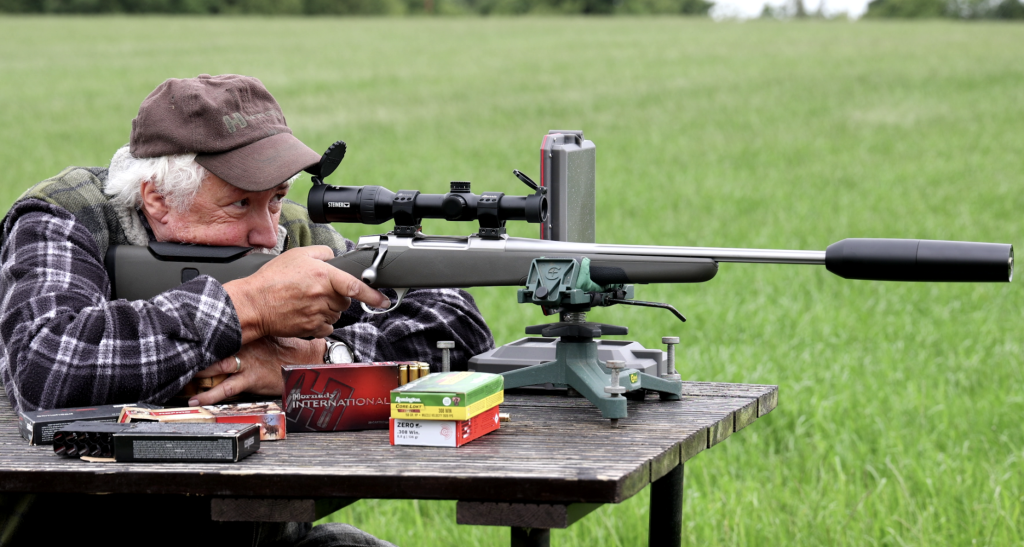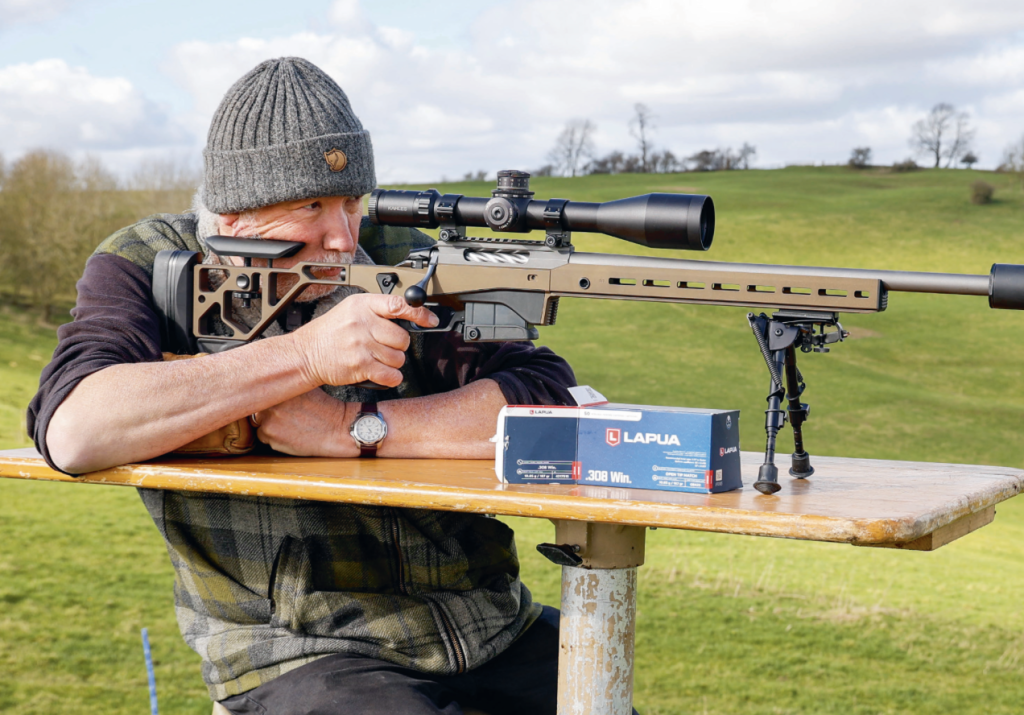Human Animal Dispatch (HAD) training course with Jelen Deer services
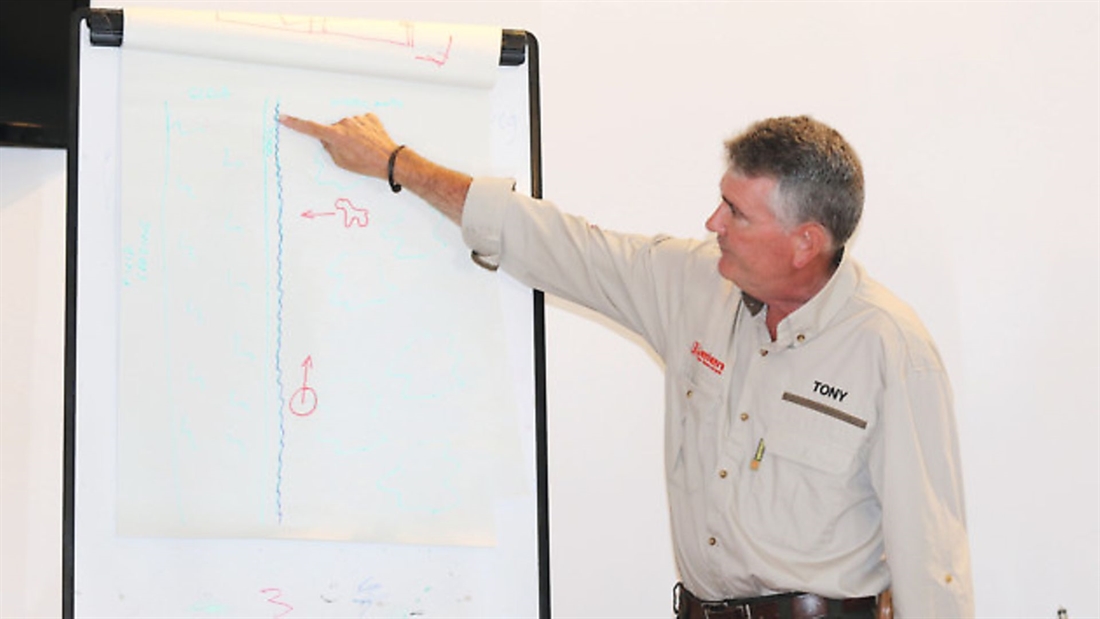
Editor Dom Holtam joins Jelen Deer Services to try the Human Animal Dispatch (HAD) training course. Once completed you can offer your services to local authorities to help with road collisions etc
Deer collisions – road traffic accidents involving deer – are a big problem, and it is only going to get worse. Why? Well, the best guess is that there are in excess of 2.5 million deer in the UK – more than at any time in the past 1,000 years. There are also more people and more cars. Quiet country roads aren’t as quiet as they once were, while the migration of deer into more urban environments further raises the possibility of accidents.
Official data says that there are an estimated 74,000 deer collisions per year. Moreover, 10,000 deer are thought to be fatally wounded but do not die at the scene of the collision.
As a way in to the course, these numbers are pretty impactful. It also helps to explain why there are hundreds of deerstalkers across the UK who volunteer their services to local authorities for humane dispatch of injured deer involved in these collisions.
Motivation
The course started with a discussion about the reasons people volunteer their services for such a role. After all, it can require being called out at any time of the day or night, dealing with badly distressed and wounded deer along with the potential for conflict with members of the public.
Some of the attendees were lifelong stalkers who felt it was their duty to ‘give something back’. Animal welfare was another big point – it is a key priority for all hunters, after all, and stalkers are often those with the best skill sets to ensure suffering is minimised.
Some were new to stalking, or new to the countryside, but were keen to learn more and equip themselves to handle whatever might come their way in the future.
Judgement calls
Tony Moore, our primary trainer, moved on to look at some of the grey areas and tricky decisions that confront us as stalkers and the judgements we have to make. We were invited to discuss a scenario where we shoot a deer on our boundary that runs on to ground we don’t have permission to stalk over.
Questions raised included the possibility of an anti-shooting neighbour, trail cameras recording boundary transgressions, and the potential inability to find the shot deer.
The importance of understanding the current legislation and how it might apply to us was underlined along with the need to make sound, calm judgements under pressure. The same key traits are just as applicable for a Humane Animal Dispatch (HAD) call-out.
Scenario planning
For me, the most fun part of the day was when the course was split into groups for an exercise where we each had to plan a scenario for another group to solve. We had to choose a location and situation for a call-out – what type of road, the weather conditions, the status of the wounded animal, and number and attitude of passers-by. We then swapped plans and worked on a solution.
There were plenty of tricky elements thrown into the mix – from dog-walking antis to a busy railway line. It was amazing how creative we could be at the expense of others! But the truth is that you never really know what to expect when you answer a call-out.
We had to provide our detailed response, from fielding the phone call to arriving on scene and planning our approach. Best practice was discussed and the other groups pitched in with considerations and suggestions to improve.
On the range
After lunch we headed off for a practical session on the range just a short 4×4 drive across the Estate. After a safety briefing and chat from our training team, targets were put out. The challenge was to put two rounds into a deer target – one a head shot, the second a quick follow-up to the chest. The target was only about eight to ten yards away. How hard could it be? Except that those using a scoped rifle had to take into account the height of the scope above the bore, and those using double-barrelled shotguns had to consider whether they were discharging the lower or upper barrel.
And on the subject of shotguns, a .410 at close range was impressive. But at even 10 yards, the spread was much less likely to be fatal.
Shot load, choke, scope mounts, backstops… all these variables need evaluating and the best way to be confident is to practise with your preferred choice.
The Jelen crew had also stored up a selection of roe heads from recent culls to show how the different options perform on a real animal. Again, it is worth considering – will your chosen round pass through the head or stay in the deer? For assessing safety and ricochet risk, it needs to be thought about.
I had not really considered using a shotgun as an option for call-outs prior to this, but it was clear just how effective they could be at close ranges. The ease of shot placement, the rapid follow-up insurance shot, the knowledge that the shot will stay in the deer and not pass through so minimising risk of ricochet are all big plus points.
Test
The day ended with a short exam, as this is a recognised Lantra qualification. I think it is always a bit daunting for people, many of whom haven’t had to sit any type of formal exam for many years, to endure a test. But we had been well prepared and well drilled during the day, and there were no areas present in the paper that hadn’t been dealt with. Remembering the right bits is always the difficult part though!
dom says:
I volunteered for a number of years as a deer warden in East Sussex, and although we did have some training and advice, as well as a battery of PPE to enable us to do the job properly, I always went to an incident fearing the worst. I was lucky – I never had to deal with a car full of rabid antis, or any particularly tricky shots. But I left this course confident that if I ever was, I would know how best to deal with the scenario. Not just in terms of animal welfare, but also my safety and the safety of everybody else involved.
It is great that so many stalkers want to ‘give something back’ in this way. Better still that they are prepared to educate themselves further to improve their knowledge and expertise. And best of all that professional outfits such as Jelen Deer Services facilitate these excellent, industry-recognised courses to ensure best practice and confident, competent volunteers.
For more information on this and many other training opportunities, visit the Jelen Deer Services website at www.jelendeer.com or call 01264 811155 to speak to a member of the team.
Related Articles
Get the latest news delivered direct to your door
Subscribe to Rifle Shooter
Elevate your shooting experience with a subscription to Rifle Shooter magazine, the UK’s premier publication for dedicated rifle enthusiasts.
Whether you’re a seasoned shot or new to the sport, Rifle Shooter delivers expert insights, in-depth gear reviews and invaluable techniques to enhance your skills. Each bi-monthly issue brings you the latest in deer stalking, foxing, long-range shooting, and international hunting adventures, all crafted by leading experts from Britain and around the world.
By subscribing, you’ll not only save on the retail price but also gain exclusive access to £2 million Public Liability Insurance, covering recreational and professional use of shotguns, rifles, and airguns.
Don’t miss out on the opportunity to join a community of passionate shooters and stay at the forefront of rifle technology and technique.



